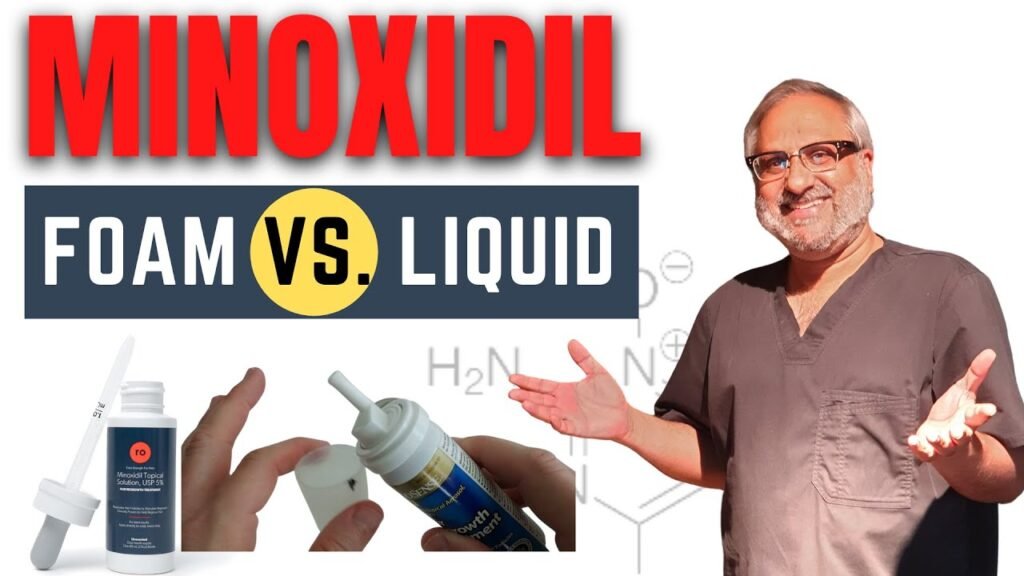Which treatment is safer: Rogaine foam vs liquid
When considering the safety of Rogaine treatments, its essential to understand the differences between the foam and liquid formulations. Rogaine foam is often preferred by users with sensitive skin due to its alcohol-free composition. This formulation is less likely to cause scalp irritation, a common concern for those with sensitive skin types. The foam is also designed to be quick-drying, which minimizes the risk of product runoff and potential irritation to other areas of the skin.
On the other hand, Rogaine liquid contains propylene glycol, an ingredient that helps the solution penetrate the scalp more effectively. While this can enhance the efficacy of the treatment, it may also increase the likelihood of scalp irritation for some users. Individuals with a history of skin sensitivity or allergies might experience itching, redness, or flakiness when using the liquid formulation. Its crucial for users to monitor their scalps reaction and consult a healthcare professional if they experience any adverse effects.
Considerations for Sensitive Skin
For those with particularly sensitive skin, the choice between foam and liquid Rogaine should be made with caution. Patch testing is recommended before fully committing to either product. Apply a small amount of the product to a discreet area of the scalp and wait 24 hours to observe any adverse reactions. This step can help users identify which formulation their skin tolerates better, potentially preventing widespread irritation or discomfort.
Additionally, it is essential to follow the recommended application instructions for both Rogaine foam and liquid. Overuse or incorrect application can exacerbate skin irritation, regardless of the formulation. Users should adhere to the prescribed dosage and frequency to minimize the risk of adverse effects and ensure the safe use of the product.


